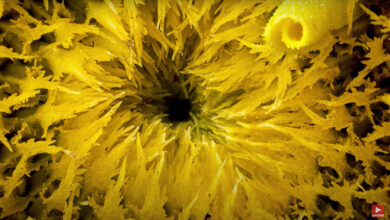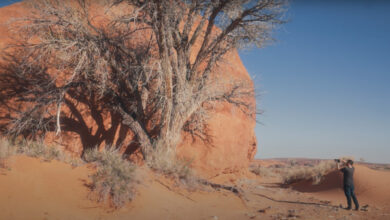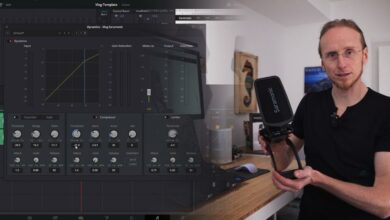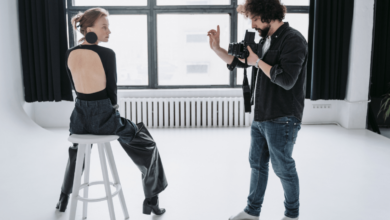The Nik 7 collection has been released: Faster and newer, but a little lost
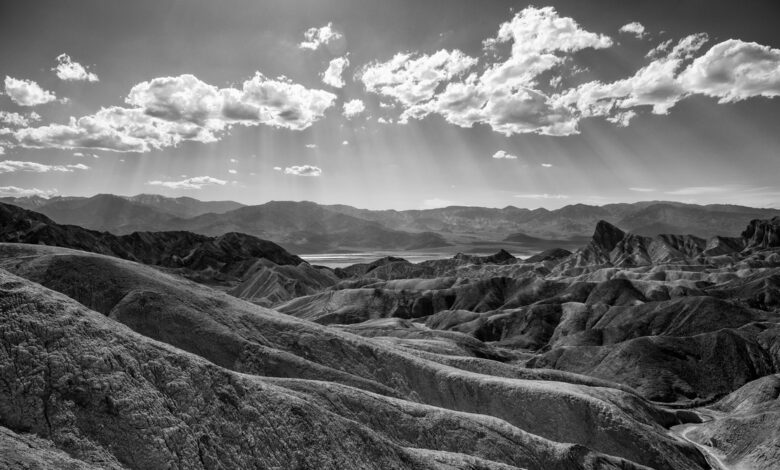
Nik Collection, a suite of seven photo editing tools, just received a version number update. Version 7 mainly brings speed and workflow improvements, but is that enough to justify a completely new upgrade? In this review, I’ll discuss the new features, improvements, and even one surprisingly missing feature of this venerable editing suite.
Nik Collection 7 is available for Photoshop, Lightroom, Affinity Photo and DxO PhotoLab. As a set of tools that have been around for over 25 years, you may have heard of these plugins before. They were previously acquired by Google, then moved to DxO, which makes many powerful photo editing tools. Plugins in Collection 7 include Color Efex, Silver Efex, Analog Efex, Viveza, Dfine, HDR Efex and Sharpener – in general, these apps include color correction, filters, denoising, analog styling , sharpen, B&W conversion, etc

Version 6 of the collection introduced several new user interfaces to Nik Sharpener, while HDR Efex was completely rebuilt. Version 7 now has a similarly modest range of adjustments:
- New options for Nik Color Efex, including HSL filtering, dynamic filtering, and access to Viveza plugins as filters (reducing the need to switch between the two).
- New tool in U Point adjustment. U Point is essentially Nik’s exclusive, smart and targeted choice.
- Speed improvements, including faster launch, easier switching between plugins, and fast export from plugins.
Missing from Collection 7
Notably, one plugin has been removed from the suite: Nik Perspective. Nik Perspective is a combination of perspective adjustment and optical distortion correction tools. It allows simulation of tilt/shift shooting, as well as wide-angle spread adjustment.
“We chose to prioritize a smoother, faster workflow over retaining Nik Perspective,” DxO writes. While I can understand discontinuing support for the plugin, the simultaneous cutting of the plugin from the suite and price increase (from Version 6 at $149 at the time of writing to a launch price of $159 for Version 7) may disappoint some consumers.
Photographers still interested in optical correction can retain their Nik Collection 6 version through the parallel installation process as per DxO’s instructions or, as I imagine DxO would prefer, switch to DxO perspective 4provides a more robust version of Perspective’s features.

Getting back to what Nik Collection 7 has to offer, I tested both the U Point upgrade as well as the workflow improvements and I found that they met my needs.
Select point U
U Point is an interesting idea: with just one click, it performs intelligent selection of similar nearby pixels based on hue, hue, saturation, luminance, and distance. You can go back and adjust these values to fine-tune your selection.
In practice, it never really fit into my workflow, but I know some users love it. It seems like it would be great for portraits, for example. Since U Point was launched, advanced selection technology has developed rapidly. For example, AI and smart selection tools are now much more powerful than the original implementation of the magic wand or lasso.

Updates to U Point add 3 new options for fine-tuning your local adjustments: the polygon tool, the ability to modify the ellipse properties of a previous ring selection, and a luminosity mask simple.
Before this update, the main shape of the U Point selection was circular. Even though you can create this selection and it’s controlled by the aforementioned color and brightness properties, it’s still just a circle. Moving beyond this model, while still not as automated as some modern options implementations, is an important step forward.
In Gallery 7, you can now create polygon masks or luminosity masks. For landscape work, I hope the addition of a luminosity mask will be most welcome. For many non-portrait images, selecting via brightness makes much more sense than circles or even polygons. For example, in this Death Valley image, selecting all the vegetation on the dunes is actually a single click via brightness, unlike other U Point options.

Speed improvements
Another area where Nik is aiming for improvement is the efficiency aspect of the workflow. While Nik Collection 6 isn’t terribly slow, opening larger images can take a bit of time. For example, in Photoshop, you have to wait for the plugin to start, load the image, then make adjustments and wait for it to save to a layer. Even on a very fast machine, these hard stops in your workflow can add up and certainly contribute to the feeling of lag.
In Nik Collection 7, things are better in terms of image opening speed. I noticed a 20 to 30% improvement when opening test images in Gallery 6 and Gallery 7. These improvements are certainly welcome, but opening images is only part of the process. workflow, I would describe it as closer to a 15 to 20 percent speedup in an “end-to-end” evaluation.
Another improvement is the addition of the Quick Search tool, along with improved organization of user presets and filters. As expected of this extensive suite, there are plenty of filters and presets. Being able to quickly find what you’re really looking for is definitely helpful.

Nik Collection 7 continues with much of what has made Nik Collection such a popular plugin suite. It covers many use cases (I especially like converting to B&W via Silver Efex) and works quite well. Additionally, DxO has done a great job of maintaining the ownership model, with a single purchase ensuring ongoing use of that version, and upgrades available at a reasonable discount over the previous one. New purchase.
However, in terms of cost, the Nik Collection 7 may be a tougher sell to both newcomers and potential upgrade candidates. For new users, you have to pay an additional $10 for a full license, with The full version currently retails for $159despite losing access to a pretty valuable tool in Nik Perspective.
Those upgrading, especially from Nik Collection 6, are getting relatively modest updates (better options and a slight performance boost), while losing a tool or keeping it. my old installation. They also pay more than in previous upgrade cycles. ONE The upgrade will cost $89 ($10 more than the $79 upgrade listed for the Nik 6).
I still encourage interested users to take advantage of the free trial and consider purchasing this suite. These tools really work well and between all of them, it’s definitely still worth the $159.
What I like
- The luminosity mask, along with modifications to the shape of the U Point, make this targeted selection useful for more workflows.
- Improvements in speed and efficiency are always interesting to see.
- A single set that covers multiple use cases for all types of photographers.
- Permanent purchases are still available, as are upgrades, although the value proposition has taken some hits during this upgrade cycle.
What can be improved?
- Is it necessary to remove Perspective? Even keeping it around without updating will feel less of a loss.
- Price increases are common these days, but the combination of minor updates, a dropped feature, and price increases all together make this particular update harder to recommend, although Nik Collection is still a great set.

